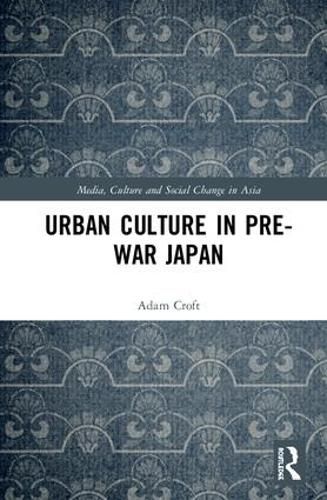Readings Newsletter
Become a Readings Member to make your shopping experience even easier.
Sign in or sign up for free!
You’re not far away from qualifying for FREE standard shipping within Australia
You’ve qualified for FREE standard shipping within Australia
The cart is loading…






Politically the 1910s and 1920s were dark days for Japan: economic instability, frequent political assassinations, and increasing violent military interventions at home and overseas affected many. This book explores the literature of the period, showing how it contributed to this overall mood. It focuses on the Tatsukawa Library, an unusual collection of military chronicles based on traditions of popular storytelling found in the yose - a network of small theatrical venues that provided the masses living and working in Japan’s major cities with affordable entertainment. Capitalising on local advances in Western-style printing, the series facilitated a ‘new wave’ of literature that appealed especially to young, marginalised, economically-insecure urban youths. This book discusses how the narrative content of the Tatsukawa Library, which focuses on historical samurai struggling valiantly against adverse circumstances, helped inspire a generation with admiration for violence. This work also examines how this outlook fitted with the Japanese state’s reintroduction of imperial propaganda.
$9.00 standard shipping within Australia
FREE standard shipping within Australia for orders over $100.00
Express & International shipping calculated at checkout
Politically the 1910s and 1920s were dark days for Japan: economic instability, frequent political assassinations, and increasing violent military interventions at home and overseas affected many. This book explores the literature of the period, showing how it contributed to this overall mood. It focuses on the Tatsukawa Library, an unusual collection of military chronicles based on traditions of popular storytelling found in the yose - a network of small theatrical venues that provided the masses living and working in Japan’s major cities with affordable entertainment. Capitalising on local advances in Western-style printing, the series facilitated a ‘new wave’ of literature that appealed especially to young, marginalised, economically-insecure urban youths. This book discusses how the narrative content of the Tatsukawa Library, which focuses on historical samurai struggling valiantly against adverse circumstances, helped inspire a generation with admiration for violence. This work also examines how this outlook fitted with the Japanese state’s reintroduction of imperial propaganda.